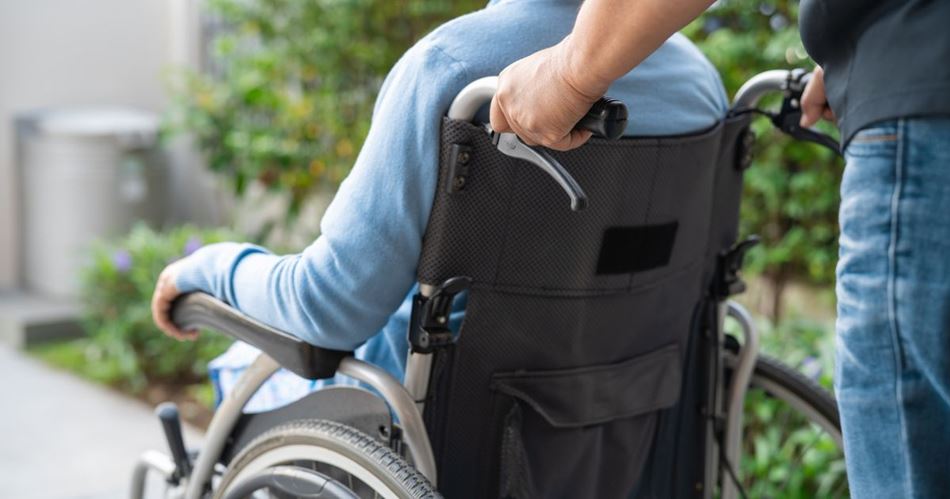
Where do you start when you want to work on your aches and pains on your own?
This is the start of a 3 part series on how to address your body’s pain and dysfunction from a very simple approach. It has all to do with posture!
Posture relates to the spatial positioning of the head-shoulder-hips/pelvis-knee-ankle from the side and backside of your body. The backside view is the relationship of body segments to the horizontal plane, in this case the floor. Level shoulders, level head and level hips are the key. From the side it is the relationship of body parts that are in line with one another. If we drew a perpendicular line on the side of the body it should intersect the ear, shoulder, hip and ankle regions through the middle. These both would be labeled correct posture.
When there are asymmetries to the ideal/correct posture it creates compensation in our body which can create muscular, tendon, ligament, joint and nerve issues.
Posture:
Let’s look at your posture. Posture is what your body looks like from the side and the backside. Here are some positions that you may have seen in your own posture:

Always look at the blue figure, or correct posture. This is ideally the way your spine should be. If you have a strong curvature in a particular direction this will be something you really want to address. Know this as well, too straight of a spine can also be a problem.
How did this happen?
Our posture is a combination of patterns we have set into our body over a period of time due to the way we live and use our body daily. If poor posture is evident, then long term issues may occur if not addressed. Herniated spinal discs, degeneration of joints, and muscles that won’t relax to name a few. Many times it is a combination of poor joint movement, tight muscles and poor ligament stability. Most people focus on the muscles – YOU SHOULDN’T! Bones and ligaments are equally as important as the muscles are.
The process of evaluation
In general, it is best to work with a friend or family member. If this is not possible, set up your camera on your Smartphone and take pictures of yourself.
It is best to look at yourself in shorts and a tank top, or even better, a sport bra or no shirt at all if you feel comfortable doing so. Make sure to write down what is seen to then reference the pictures above.
Posture from the backside:
Head tilt/position: From the backside, do you see your head tilt from one side or the other? From the side, does your head pitch forward or are your ears over the center line of your shoulder?
Shoulder Height: From the backside, does one shoulder look higher than the other, and is it really drastic? If unlevel then you likely have a tight muscle on one side. This can also affect the neck! This will be explained in the next article. From the side, does it look like your shoulders are rounded forward? Forward shoulders encourage a forward head posture.
Pelvic height: While standing, place your hands on the crest of your pelvic bones. When looking at yourself from the side, is each hand height equal? If it is off it indicates an imbalance in muscles, joints or both. This can also lead to leg length inequality which I will discuss in a later article.
Posture from the side
If you can, hang a string with some kind of weight on the end from the ceiling or top of door jamb. If you can’t do this then you will need to imagine a string hanging down.
Stand with the string bisecting the middle of your ankle from one side. Take note of what is in front of or behind the line. This could be that your head is forward and your midback is behind the line, or that your hips are out in front of the line. It could also be that your shoulders are out in front of the line, indicating rounded shoulders.
Now go back and use what you wrote down to determine which posture is yours.
Write it down.
Now you can go up and reference one of the human models above. Keep that in mind and on the next article I will discuss what muscles and joint groups to stretch and mobilize to start correcting it! If you can get better posture it almost always adds up to a healthier and more pain free body.
See you on the next article!
A little side note: more people than you think have slight curvatures to their spine from side to side. This doesn’t mean that you have scoliosis. Or you may! The quicker you get to a physical body health practitioner the quicker you can identify it and make drastic changes to it, before it becomes a problem as you age.

Coy Roskosky, D.C., “Dr. Coy,” is a highly skilled chiropractor in the Washington D.C. area specializing in chronic pain of the neck, back shoulder, knee, and wrist; sports injuries and performance; carpal tunnel syndrome and TMJ. He uses many techniques to address the underlying pain issue including Applied Kinesiology (AK), Sacro Occipital Technique (SOT), Active Release Technique (ART), and Activator in his chiropractic practice at National Integrated Health Associates, NIHA.





